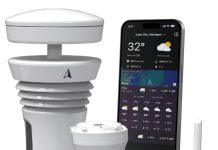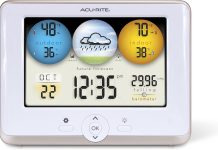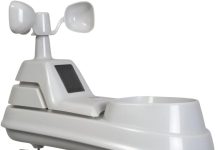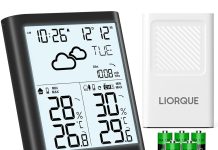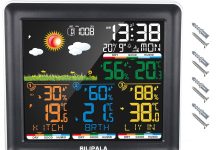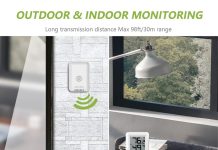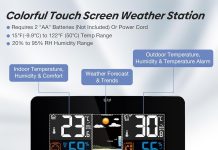Meteorologists, just like us, rely on weather apps to stay informed about the ever-changing forecast. But have you ever wondered which app they trust the most?
In this article, we delve into meteorology to uncover the weather app these experts turn to for accurate and up-to-date information.
From detailed radar maps to advanced forecasting models, get ready to uncover the app that keeps meteorologists one step ahead of Mother Nature.
Why do meteorologists need weather apps?
Meteorologists rely on accurate and timely weather information to work effectively. Weather apps provide quick access to a wealth of data and enhance our forecasting capabilities.
They also streamline communication with the public, ensuring we can efficiently convey essential weather updates and warnings. By using weather apps, we can stay informed about the latest weather conditions and make informed decisions to safeguard the well-being of the communities we serve.
What features do meteorologists look for in a weather app?
When it comes to choosing a weather app, there are several key features that meteorologists prioritize. Accuracy and reliability are paramount, as our work hinges on providing trustworthy information. Advanced radar and satellite imagery allow us to track storms with precision and insight.
Real-time data and notifications inform us of rapidly changing weather conditions, while customizable parameters enable us to tailor the app to our needs. Access to numerical weather prediction models and historical data further enhances our forecasting abilities, while collaboration and sharing capabilities promote teamwork and knowledge exchange among meteorologists.
Accuracy and reliability
The foundation of any weather app used by meteorologists is accuracy and reliability. As professionals, we need confidence in the information we receive. Weather apps that utilize high-resolution models and data sources ensure we have access to the most detailed and accurate forecasts.
Additionally, verification methods and techniques employed by the app contribute to assessing the quality and reliability of the forecasts. Consistency and dependability are paramount to ensure we can rely on the app even in the most critical situations.
Advanced radar and satellite imagery
Advanced radar and satellite imagery are essential tools for meteorologists. These features provide us with critical information about storms’ location, intensity, and movement. Reflectivity and velocity data obtained from radar images aid in identifying precipitation patterns, while satellite images offer a global and regional perspective on weather systems.
Moreover, modern weather apps equipped with storm tracking tools enable us to monitor severe weather events in real-time, issuing timely warnings and ensuring public safety.

Real-time data and notifications
To effectively communicate weather updates to the public, meteorologists require access to real-time data and notifications. Weather apps that provide hourly and daily forecasts allow us to stay up-to-date with the latest predictions.
The ability to receive severe weather alerts directly to our devices ensures we can promptly notify the public of potential dangers. Furthermore, features like lightning detection, air quality information, and current conditions provide valuable insights into the changing atmospheric conditions, allowing us to provide accurate and relevant reports.
Customizable parameters
Meteorologists often have specific requirements when analyzing weather data, and customizable parameters in a weather app meet this need. The ability to adjust map layers and overlays allows us to focus on the most relevant variables to our work.
Choosing preferences for units and measurements ensures that we can work with familiar and consistent values. Furthermore, selecting the weather variables to display on the app’s interface allows us to tailor the app to our specific needs and optimize our workflow.
Numerical weather prediction models
Access to numerical weather prediction models is crucial for meteorologists regarding forecasting. These models provide detailed predictions based on mathematical equations and atmospheric observations. Weather apps that offer high-resolution and ensemble models empower us to make more accurate and informed forecasts.
Moreover, the ability to interpret and analyze the model output aids in understanding the complex atmospheric processes and making evidence-based predictions. Comparisons between different models further enhance our confidence in the forecast and help us identify any discrepancies or uncertainties.
Access to historical and archived data
To comprehensively understand weather patterns and trends, meteorologists require access to historical and archived data. Weather apps that retrieve past weather conditions let us analyze long-term trends and patterns.
By observing historical storm events, we can gain insights into their behavior and improve our forecasting abilities. Additionally, assessing the impacts of climate change relies on access to historical data, as it enables us to study shifts in weather patterns over time and understand the implications for future weather events.
Collaboration and sharing capabilities
Meteorologists highly value collaboration and sharing capabilities, as they promote teamwork and knowledge exchange. Weather apps that facilitate collaboration among meteorologists enable us to work together on complex weather events, share insights, and improve the accuracy of our forecasts.
Features that allow us to share data, forecasts, and analysis with other professionals foster a sense of community and collective responsibility. By harnessing the power of collaboration, meteorologists can combine their expertise and provide the best possible service to the public.
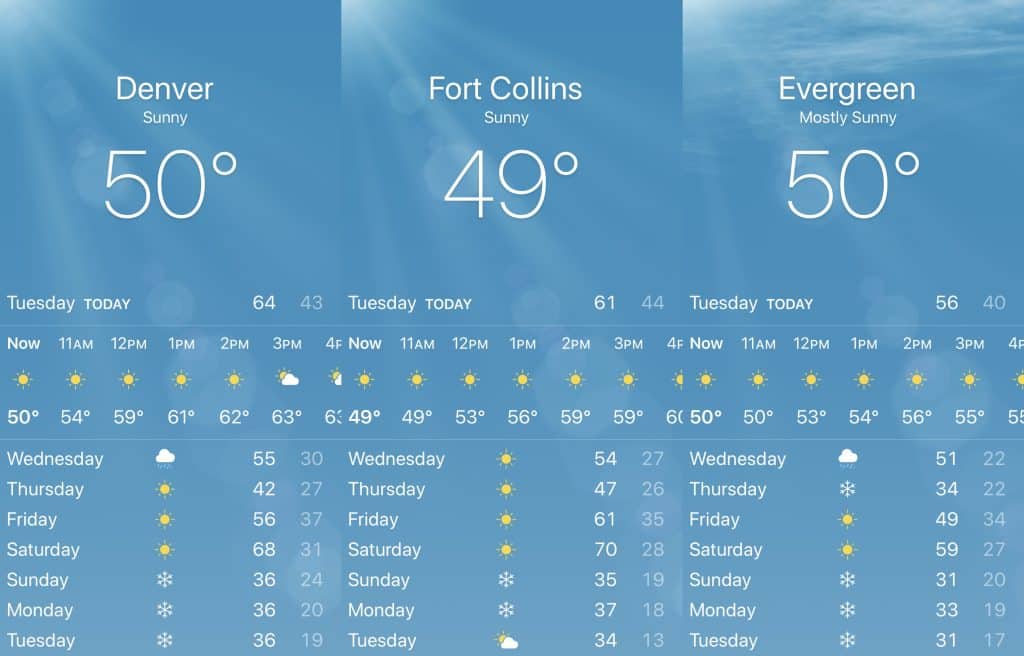
Top weather apps preferred by meteorologists
While many weather apps are available, several stand out as the top choices among meteorologists. These apps have gained recognition for their accuracy, reliability, and comprehensive features. The Weather Company, Weather Underground, RadarScope, Windy, Storm Radar, NOAA Weather App, AccuWeather, WeatherBELL, MeteoEarth, and WeatherSentry are among the apps that meteorologists frequently use and trust.
These apps have proven their value in providing the necessary tools and information for meteorologists to work effectively, making them the go-to resources in the field.
In conclusion, weather apps play a vital role in the work of meteorologists. They provide us with the accurate and timely information needed to enhance our forecasting capabilities and communicate effectively with the public.
Features such as accuracy and reliability, advanced radar and satellite imagery, real-time data and notifications, customizable parameters, access to numerical weather prediction models, historical and archived data, collaboration, and sharing capabilities all contribute to the effectiveness and efficiency of weather apps used by meteorologists.
With these tools, we can fulfill our mission of protecting lives and property by providing accurate and timely weather forecasts.


